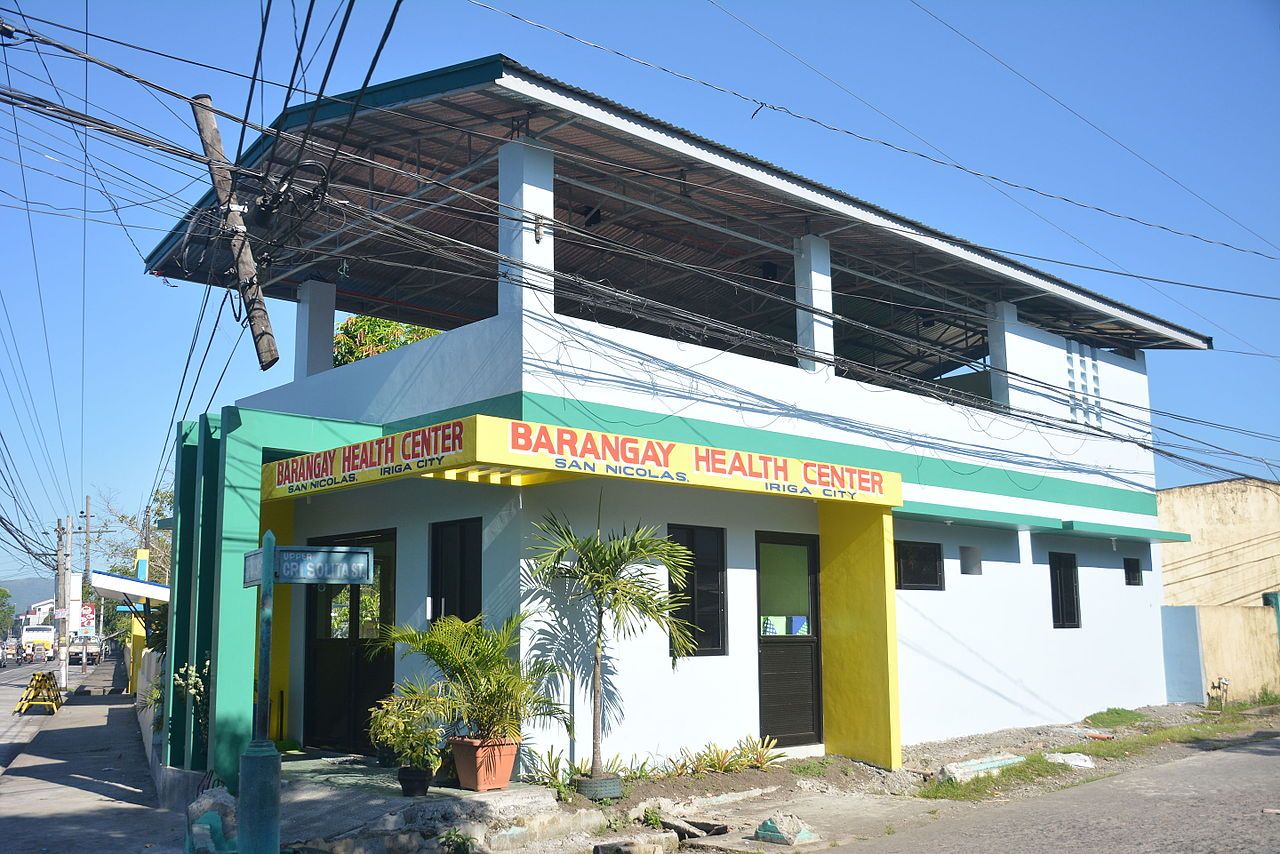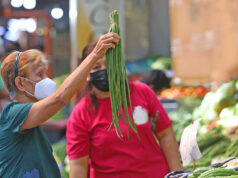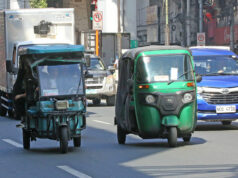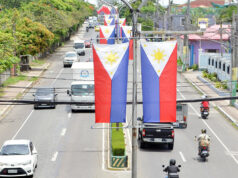Doctors outside NCR call for assistance

By Patricia B. Mirasol
WHILE IT IS understandable that the Philippine response to the coronavirus disease 2019 (COVID-19) pandemic is centered on the capital, where cases are concentrated, doctors called attention to the lack of health services outside Metro Manila.
“You have to maintain vital services in the peripheries because ang liit ng capacity nila [their capacity is so limited],” said Dr. Raul S. Ting, a community health advocate from Tuguegarao City, in a Sept. 29 webinar organized by the Community Medicine Practitioners and Advocates Association. “Malayo din sa referral centers [They are also far from referral centers].”
Dr. Ting told BusinessWorld in a separate Facebook message that he has been acting as a bridge between volunteers and rural health units (RHUs) since the pandemic, helping supplies such as personal protective equipment reach those who need them the most. Some of these volunteer initiatives were from Kaisa Para sa Kaunlaran, the Federation of Filipino-Chinese Chambers of Commerce and Industry, Inc., and ManilArt’s CovAID.
Beneficiaries include Tuguegarao’s ward nurses, who used to buy their own masks for P27 each.
“Last year’s work evolved into helping out RHUs, because either the local government unit can’t afford to budget more for health services, or it’s not among their priorities,” Dr. Ting said, adding that others only mobilize if there’s income to be earned.
Other initiatives spearheaded at the community level are Gabay Cagayan, which offered free teleconsultations for COVID-19 patients, as well as the distribution of UV sterilizers by Prolabs Philippines.
“Malaking bagay [They are very useful],” Dr. Ting said of the sterilizers, “kasi kahit birthing clinics ng RHUs nadi-disinfect na gastos lang kuryente [because even the RHUs’ birthing clinics are disinfected while only needing to spend on electricity].”
TRICYCLE BIRTHS
“The communities are the frontline and they should be the focus of COVID prevention,” said Dr. Jean A. Lindo, a community medicine advocate in Davao City, at the same event.
Meaningful education about the importance of wearing masks, she added, trumps forcing violators of health protocols to swim in canal water.
(Officials of Barangay San Antonio in Davao City were called out last year after nine violators of the curfew ordinance were made to swim in a drainage canal.)
Dr. Lindo cited Haran, a community of indigenous people with zero cases of infection, as a good example of how the pandemic can be controlled on a smaller scale.
“Nasa sa kanila mismo ang disiplina [They themselves have the discipline],” Dr. Lindo said. “With the continuous engagement of medical students… and good messaging, the health bubble was maintained.”
Dr. Marites Betonio-Bacuñata, an obstetrician-gynecologist who owns a birthing center in Cavite, stressed the importance of equipping communities with facilities.
Hospital beds are fully utilized and COVID-19 patients have bumped off pregnant women on the priority list. “Wala nang mapuntahan ang mga manganganak kaya inaabot ng birth delivery sa tricycles,” she said.
“Our population in the Calabarzon [Cavite, Laguna, Batangas, Rizal, and Quezon] area was around 15 million as of 2015,” added Dr. Bacuñata. “Imagine how many give birth every day. Lying-in clinics only have a one-to-three bed capacity. Sana makarating sa gobyerno at mabigyan ng pansin [I hope our concerns merit the government’s attention].”



